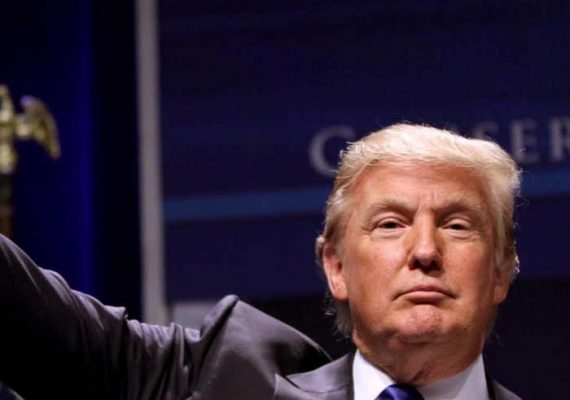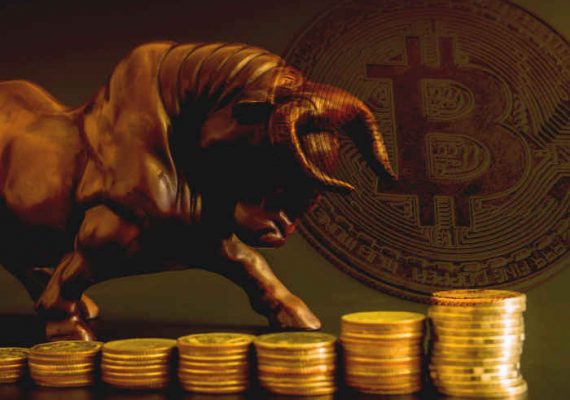Price manipulation has been a hot topic in the crypto niche lately. It’s the main reason why the US Securities and Exchange Commission denied the Winklevoss application for a Bitcoin ETF. And also, price manipulation is also among the top reasons why China has decided to ban crypto related activities completely within the country. According to the Wall Street Journal, it claims that market manipulation is usually done by organized trading groups. They make use of apps such as that of Telegram.
According to the Wall Street Journal’s research in the crypto market, it suggests that pump and dump schemes were used by traders in order to inflate and crash prices of cryptocurrencies this year. The result of which is to generate hundreds of millions of dollars in profits. Wall Street Journal’s claim is that the groups have generated $825 million in 2018 alone.
175 Schemes Trading
Wall Street Journal took a closer look at 175 schemes trading done on 121 different cryptocurrencies. One example is Cloakcoin which is an older altcoin that has experienced price pumps in 2018. There was an event last July 1 wherein the price of Cloakcoin had a sudden jump.
The findings can confirm that there really is market manipulation within the crypto industry. In the past, there were claims that Mt. Gox liquidation sell-offs have fluctuated the price of Bitcoin especially in December 2017.
Justice Department’s Probe Last May
The Justice Department in May opened a probe looking closely whether or not traders are manipulating cryptocurrencies including Bitcoin. The investigation was focused on illegal practices and other things that can influence price. Among tricks that the Justice Department looked closely into include spoofing, flooding the market with fake orders.
The Justice Department worked with Commodity Futures Trading Commission which is a financial regulator that is in charge of overlooking derivatives that are tied to Bitcoin.
There are a number of reasons why cryptocurrencies are vulnerable to fraud and price manipulation. One, there’s the skepticism whether or not exchanges are actively pursuing those who are doing illegal activities. Next, there is also the wild price swings considering that there is still the lack of regulation in the niche.
Regulatory Clarity
Slowly, governments are taking a closer look at the crypto industry. In the US, the US Securities and Exchange Commission has considered Bitcoin and Ethereum not as securities. However, the likes of Ripple are still in a grey area.
However, despite this move by the US Securities and Exchange Commission to actually consider Bitcoin and Ethereum as commodities, it is also true that they are still concerned regarding the possibility of price manipulation. This was evident in their reason why the agency denied the Bitcoin ETF application of the Winklevoss twins for the second time around.
This isn’t the first time that research suggests that there is a possibility of price manipulation. A few months back, a study by University of Texas finance professor John M. Griffin and Amin Shams have come to the conclusion that Tether could have been used in order to inflate the prices of different cryptocurrencies. They’ve discovered that there’s a pattern that Tether was being used to buy Bitcoin at certain moments based on the blockchain transaction records.










